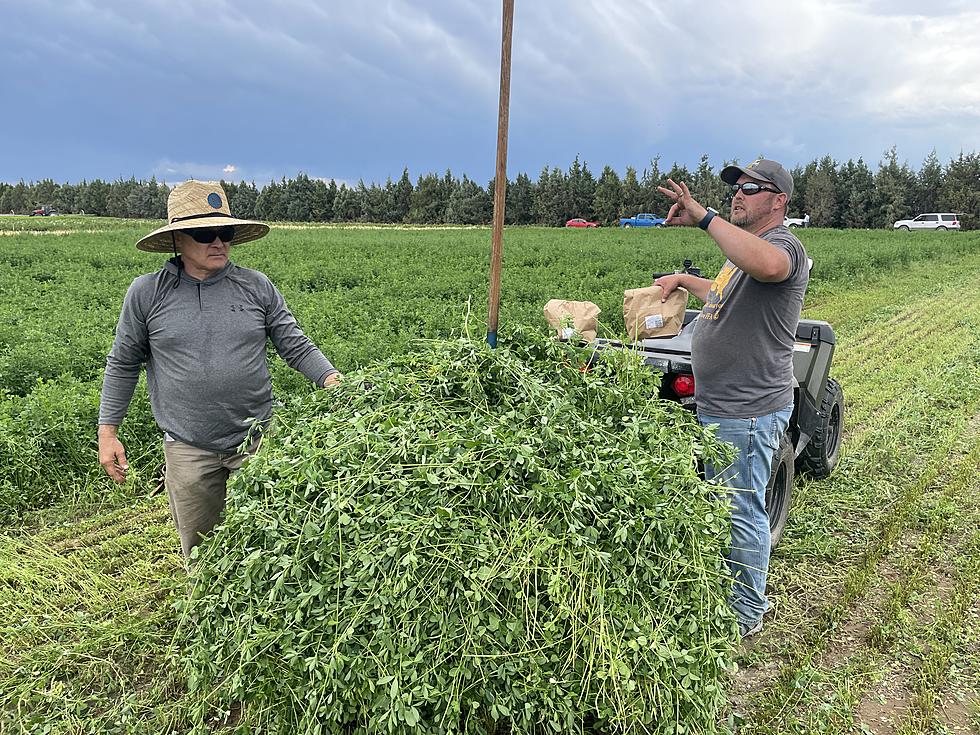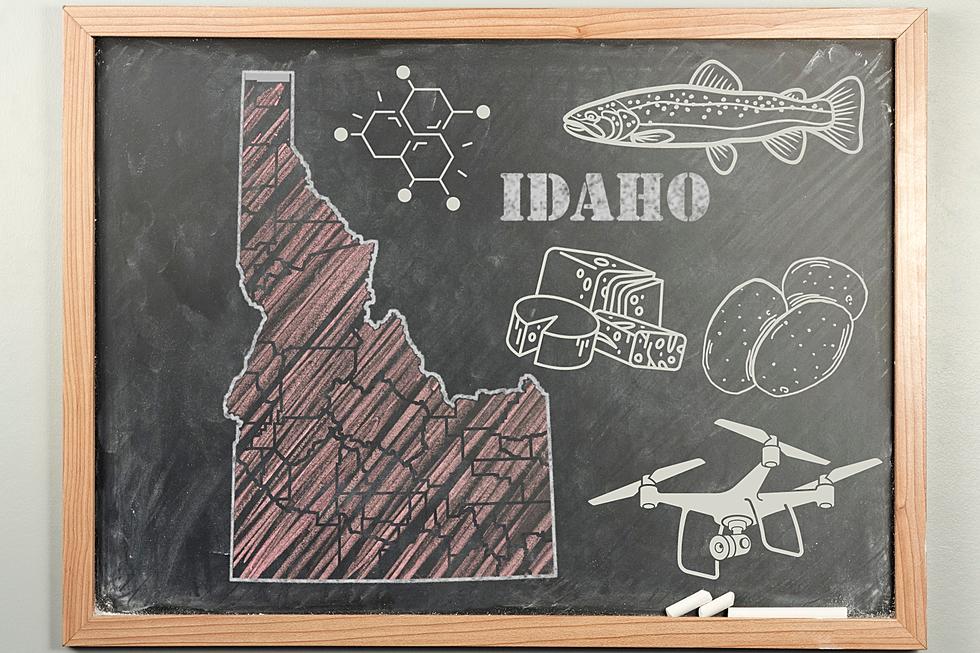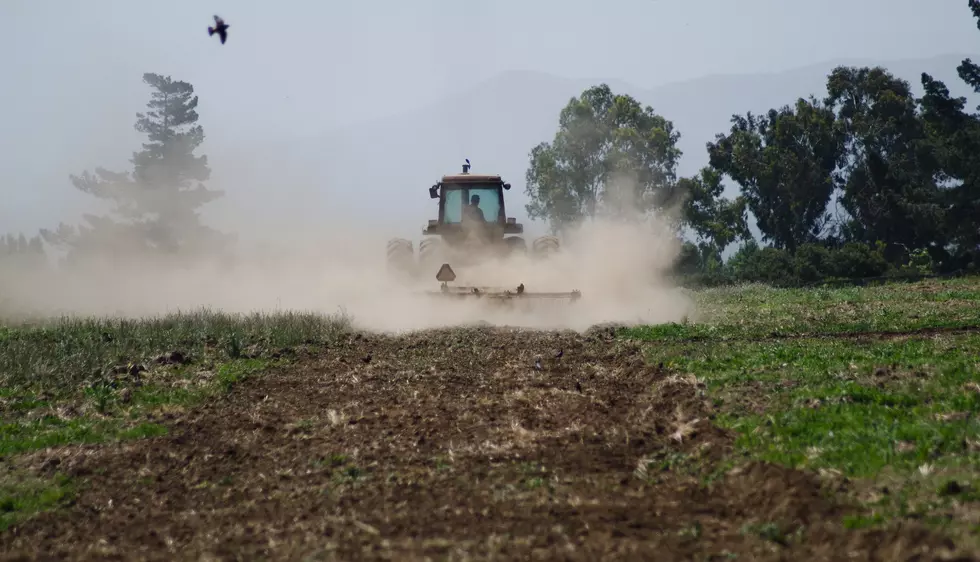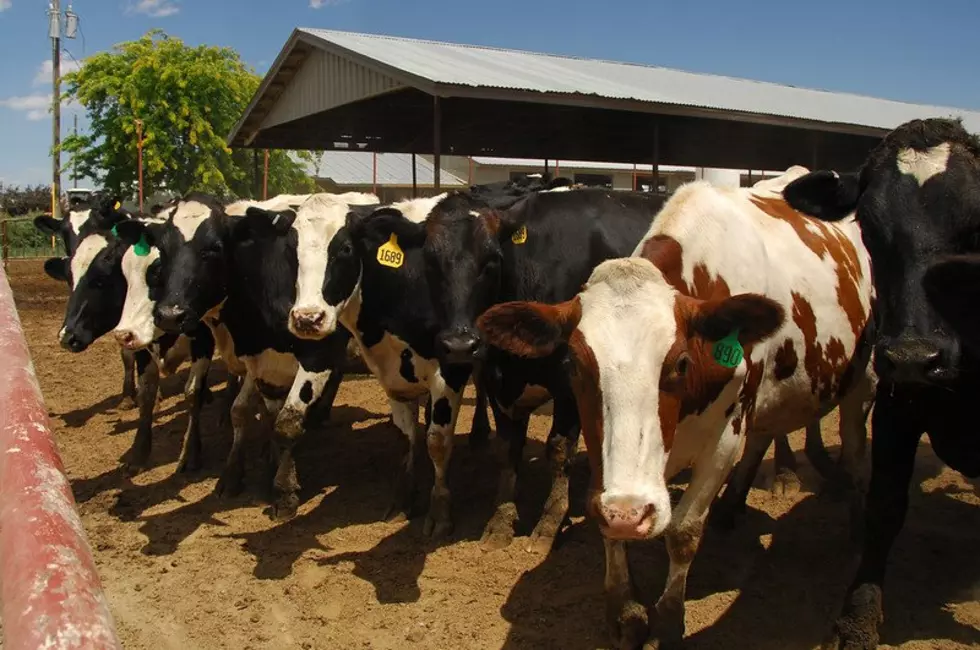
The Nitrogen Fix: UI Extension Looks at Annual Alfalfa Benefits
MOSCOW, ID — University of Idaho Extension forage and small grains researchers are testing a seemingly counterintuitive theory that local farmers could reap rewards by planting alfalfa varieties that weren’t bred to withstand Idaho’s cold winters.
The team is in the first year of a planned three-year trial at the University of Idaho’s Aberdeen Research and Extension Center evaluating the planting of non-dormant alfalfa varieties — those that don’t enter winter dormancy — in Idaho as a means of improving soil health and fixing extra nitrogen to benefit future crops.
Alfalfa is traditionally raised as a perennial crop that remains in production for four or five seasons, until declining hay quality and yields prompt farmers to remove it. As with most legumes, alfalfa can produce nodules on its roots where soil bacteria convert nitrogen from the atmosphere into a plant-usable form.
UI Extension researchers Jared Spackman, Reed Findlay, David Callister, Jared Gibbons, Joseph Sagers and Tom Jacobsen anticipate Idaho farmers stand to significantly increase nitrogen fixation by planting alfalfa varieties developed for warmer states, such as Arizona, that don’t have to expend energy late in the season to become winter hardy. The researchers explain rather than thickening taproots and bulking up their crowns to avoid winter kill, the non-dormant varieties popular in warmer climates are free to focus energy on fixing more nitrogen.
“The reason we’re doing this now is because alfalfa prices rose significantly over the last five years and fertilizer costs also rose significantly,” Findlay said. “We’re going to beat this thing at both ends of the stick.”
Non-dormant alfalfa raised in Aberdeen should yield a single season of three cuttings and die in the winter, providing growers with a cash crop while reducing future fertilizer costs. Findlay conducted a similar trial in Utah several years ago and found a non-dormant alfalfa variety bred to optimize nitrogen fixation, called Nitro, produced enough nitrogen to support either a barley or corn crop during the following season, as well as a full barley crop during the third season.
In the current trial, Findlay and his colleagues are testing a variety related to the one Findlay previously experimented with, called High Nitro. They’re comparing it against Stratica, which is a Roundup Ready conventional alfalfa variety commonly raised in Idaho.
“One of the things we’re interested in is if there is a nitrogen benefit of High Nitro versus Stratica,” Spackman said.
To evaluate the ability of the two alfalfa varieties to supply nitrogen for fall or spring seeded barley production, the Extension educators will establish plots receiving multiple nitrogen fertilizer application rates including a non-fertilized check. Comparing both fall and spring alfalfa should help the researchers determine how quickly nitrogen is released and made available to subsequent small grain crops.
The researchers will also evaluate protein levels, yield, energy content and digestibility of the hay varieties. Yields from the first two cuttings of both varieties were comparable.
A secondary benefit of raising alfalfa for a single season is that it would allow small grain farmers to diversify their rotations, control weeds using different herbicides and break the cycle of disease. Furthermore, alfalfa killed by the winter cold would lend organic matter to soil. Idaho farmers often plant cover crops — crops grown primarily for soil-health benefits — to accomplish such results. Non-dormant hay would give farmers the benefits both of a cover crop and a cash crop.
Findlay believes the timing is right for the research, given that the market outlook is for fuel prices, which are tied to fertilizer prices, to continue rising.
“The higher fertilizer prices go, the more apt people are to look at different ways of farming,” Findlay said. “This study is really important to find out because I think it’s on us as researchers to figure it out before growers put the annual alfalfa in.”
The project’s initial year has been funded with a $5,000 Innovative Projects Grant through UI Extension.
Source: University of Idaho Extension
7 of the Best Corn Mazes To Explore in Washington State
Gallery Credit: Rik Mikals
More From PNW Ag Network









